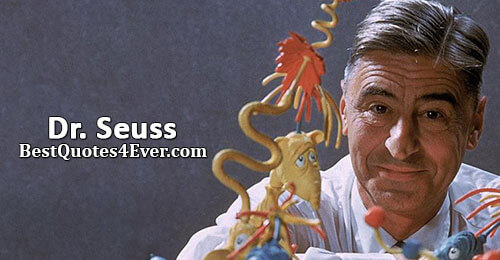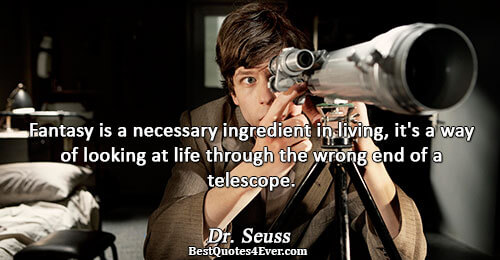Biography
Type: Writer, Cartoonist, Animator, Book publisher, Artist
Born: March 2, 1904 Springfield Massachysetts, U.S
Died: September 24, 1991 (aged 87) La Jolla, Cal
Pen name: Dr.Seuss, Theo LeSieg, Rosetta Stone, Theophrastus Seuss Theodor Seuss Geisel was born on March 2, 1904, in Springfield, Massachusetts. He published his first children's book, And to Think That I Saw It on Mulberry Street, under the name of Dr. Seuss in 1937. The book was rejected by over 20 publishers before it was finally published by Vanguard Press in 1937. Next came a string of best sellers, including The Cat in the Hat and Green Eggs and Ham. His rhymes and characters are beloved by generations.
Notable works:
- Harton Hears a Who!
- The Cat In the Hat
- How the Grinich Stole Shristmas!
- Green Eggs and Ham
- The Lorax
His beginnings
After graduating from Dartmouth, to please his father, Geisel attended Oxford University in England, with plans to eventually become a professor. While at Oxford, he met his first future wife, Helen Palmer, whom he married in 1927. That same year, he dropped out of Oxford, and the couple moved back to the United States. Never had any children of his own. Making use of his time in Europe, he pitched a series of cartoons called Eminent Europeans to Life magazine, who passed on it. His first nationally published cartoon appeared in the July 16, 1927, issue of The Saturday Evening Post. This single $25 sale encouraged Geisel to move from Springfield to New York City.
Upon returning to America, Geisel decided to pursue cartooning full-time, and his articles and illustrations were published in numerous magazines, including LIFE and Vanity Fair. A cartoon that he published in the July 1927 issue of The Saturday Evening Post, his first using the pen name "Seuss," landed him a staff position at the New York weekly Judge. He then worked for Standard Oil in the advertising department, where he spent the next 15 years. His ad for Flit, a common insecticide, became nationally famous.
Following the war, Geisel and his first wife Helen moved to La Jolla, California, where he wrote and published several children's books in the coming years, including If I Ran the Zoo and Horton Hears a Who! A major turning point in Geisel's career came when, in response to a 1954 Life magazine article that criticized children's reading levels, Houghton Mifflin and Random House asked him to write a children's primer using 220 vocabulary words. The resulting book, The Cat in the Hat, was published in 1957 and was described by one critic as a "tour de force." The success of The Cat in the Hat cemented Geisel's place in children's literature.
The Cat in the Hat and subsequent books written for young children achieved significant international success and they remain very popular today. In 2009, Green Eggs and Ham sold 540,366 copies, The Cat in the Hat sold 452,258 copies, and One Fish Two Fish Red Fish Blue Fish (1960) sold 409,068 copies—outselling the majority of newly published children's books.
In the years that followed, Geisel wrote many more books, both in his new simplified-vocabulary style and using his older, more elaborate technique, and including such favorites as Green Eggs and Ham and How the Grinch Stole Christmas. In 1966, with the help of eminent cartoonist Chuck Jones, The Grinch was adapted into an animated film.
In October 1967, Helen,his first wife, who was suffering from both cancer and the emotional pain caused by an affair Geisel had with their longtime friend Audrey Stone Diamond, committed suicide. Geisel married Audrey the following year.
Death
Geisel died of oral cancer on September 24, 1991, at his home in La Jolla at the age of 87. He was cremated and his ashes were scattered. On December 1, 1995, four years after his death, University of Califonia, San Diego’s University Library Building was renamed Geisel Library in honor of Geisel and Audrey for the generous contributions they made to the library and their devotion to improving literacy.
Awards
Dr. Seuss's honors include two Academy awards, two Emmy awards, a Peabody award, the laura Ingalls Wilder Medal, and the Pulitzer Prize. His work includes several of the most popular children's books of all time, selling over 600 million copies and being translated into more than 20 languages by the time of his death.








